The Future Depends on our Ability to Adapt: Multifunctional Living Fences
12/10/2020
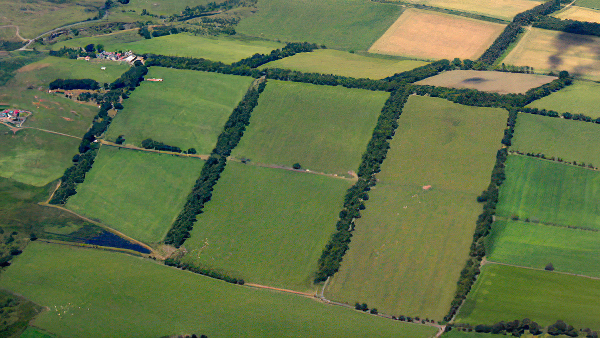
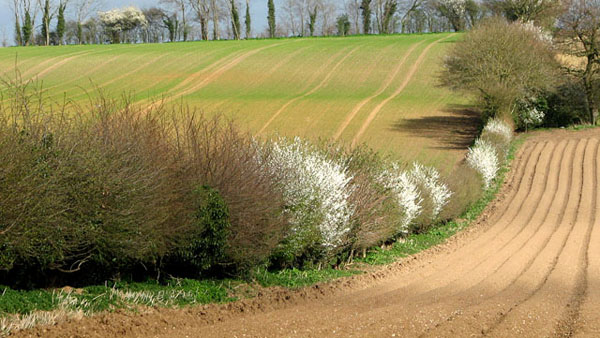
A living fence, or hedgerow, is a permanent hedge, composed of perennial species (usually trees and shrubs), tight and tough enough to serve any functions of manufactured fences, while offering additional ecosystem services.
Hedgerows can provide food, medicine and shade for people and animals, wood (fuel, tools), nectar for honeybees, fertilization, erosion control and fire or wind breaks.
When made of cactus (for instance, prickly pear) or evergreen leafy trees/shrubs, hedgerows act as a firebreak; when sited along contours, they reduce rainfall erosion on slopes; as windbreaks, they reduce wind stress on livestock or crop plants, soil dehydration, and wind erosion.
Trees have deep taproots and are able to draw up large amounts of minerals through their trunks and branches into their leaves, which contributes to build up humus through the breakdown of leaf litter. If nitrogen-fixing species are included in the fence, nitrogen will be added throughout the root zone. Also, shedding of root hairs, as a response to loss of top growth each time they are pruned or grazed, will improve soil structure and soil organic matter. A fence with thorny/prickly species (Hawthorns, Blackthorn, brambles) will deter excessive browsing, while providing fruits to wildlife, livestock and humans.
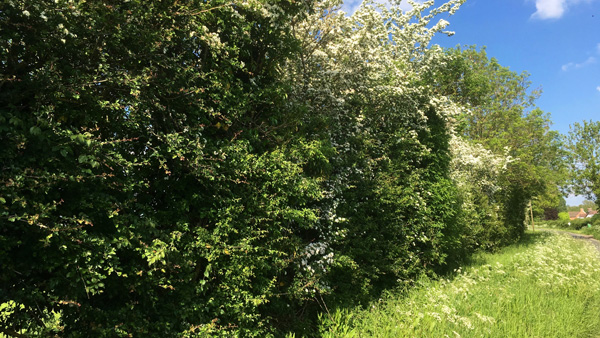
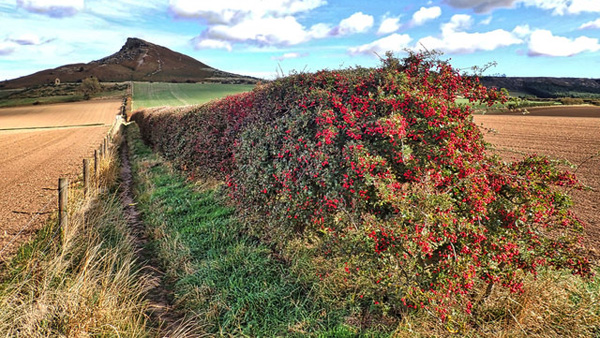
As fodder, some tree and shrub species can be more productive, on a per-unit basis, than pasture, due to higher leaf protein content. For instance, Tagasaste, a shrub native of the Canary Islands, has almost two times the leaf protein content of alfalfa; this is an adequate species for hedgerows since it’s a fast growing, deep-rooted nitrogen-fixer, well adapted to a wide range of soils, used for fire break, wind break, slope stability, that recovers quickly from cutting or heavy grazing and blooms early and profusely, being also an excellent forage plant for honeybees.
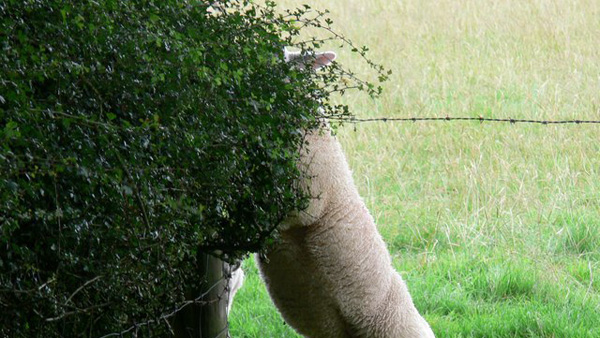
These multipurpose living fences can be seen in situ, with different configurations, on various pilot-areas of the LIFE Montado-Adapt project – Herdade da Coitadinha (L1), Finca La Rinconada (L2), Dehesa del Guijo (L3), Dehesa Boyal de La Piedra (L4), Grupo Caparra-Casablanca (L5), Herdade do Freixo do Meio (L6), Herdade do Azinhal (L7), Mata Nacional Valverde (L9), La Atalaya (L11) and Herdade da Ribeira Abaixo (L12).

